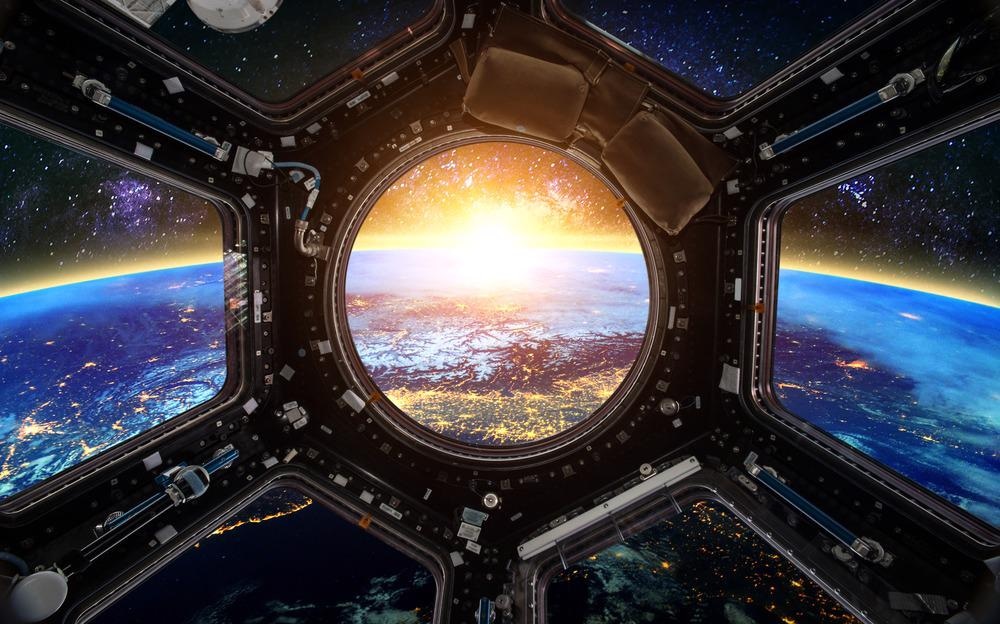
Image Credit: Guitar photographer/Shutterstock.com
3D printing – an additive manufacturing (AM) technique – is increasingly used for large industrial purposes. It is often much cheaper than traditional industrial manufacturing methods, especially in bespoke or low-volume applications. Now, 3D printing is increasingly becoming adopted in the space sector.
3D Printing for Space
NASA, the US space agency, is a pioneer in 3D printing exploration, providing funding for many new technologies. These projects are 3D printing objects and parts for space travel, putting 3D printers onto spacecraft for maintenance and research, and even growing habitats for life with 3D printing technology.
NASA’s enthusiastic adoption of 3D printing is largely due to cost. Creating bespoke molds and formworks necessary to manufacture many parts of a spacecraft is incredibly costly and leads to slower iteration and development of engineering and design.
Modern 3D printing technology, on the other hand, is capable of building custom parts and objects on demand. It costs no more to print a completely different design on the next print job, and more complex designs do not result in higher manufacturing costs.
With the latest industrial 3D printers now capable of producing very large, lightweight, and strong objects with complex shapes, the benefits of 3D printing can apply to large-scale industrial and manufacturing projects.
This is what makes industrial 3D printing increasingly appealing to engineers at the space agency. It provides the low production volumes, high degrees of design freedom, and low cost that their missions require.
3D Printing in Space
Astronauts benefit from 3D printing with devices aboard spacecraft and stations that help to sustain long missions in space between resupplying. Since 2014, the International Space Station has used a 3D printer to develop custom tools, spare parts, and new equipment for research at the cutting edge of space exploration.
The latest generation of 3D printers is increasingly versatile, with more methods appearing all the time. Now, more materials can be used to make more complex shapes and structures with more resolution than ever before.
However, 3D printers all require feedstock to print anything, and this is a space- and weight-consuming resource. One NASA project is researching a potential means to reduce the need for transporting feedstock to 3D printers in space. The Refabricator will repurpose materials from used objects and waste for new 3D printer feedstocks for the 3D printing system onboard the ISS.
The Refabricator can be used to repeatedly complete the recycling loop for objects on the ISS. Tools and parts can be returned to the system to be remade more than once, without significantly degrading the material quality of the part. It is also designed to be able to repurpose foam and plastic packaging material used for delivering supplies to the space station.
In the future, large-scale 3D printers may be used to create landing pads, launch sites, and entire habitats capable of supporting life in space. In construction, AM technology is already selected for extreme conditions, such as in environmental disaster relief. 3D printers can build shelter and other structures quickly, constructing round-the-clock, and without risking human life. These qualities make them excellent candidates to be the builders of future infrastructure projects in space.
How 3D Printing in Space Could Revolutionize Manufacturing
Video Credit: Seeker/YouTube.com
Could 3D Printing Drive Down the Cost of Space Exploration?
3D printing is already disrupting many industrial, engineering, and construction industries. It is also already widely adopted by NASA engineers and astronauts in space. As it continues to develop and its capabilities increase, the cost savings of 3D printing technology will continue to help make space exploration less expensive.
References and Further Reading
https://doi.org/10.1016/j.geoforum.2015.01.003
Betz, Eri (2021). “Space is Expensive: Can 3D Printing and On-Orbit Construction Drive Down the Cost.” Astronomy.com. [Online] https://astronomy.com/news/2021/05/can-3d-printing-and-on-orbit-construction-make-space-more-accessible
Goldstein, Phil (2018). “NASA Turns to 3D Printing to Help Astronauts Aboard the International Space Station.” FedTech. [Online] https://fedtechmagazine.com/article/2018/10/nasa-turns-3d-printing-help-astronauts-aboard-international-space-station.
Gress, Douglas R. and Ronald V. Kalafsky (2015). “Geographies of Production in 3D: Theoretical and Research Implications Stemming from Additive Manufacturing.” Geoforum. [Online] https://doi.org/10.1016/j.geoforum.2015.01.003.
Disclaimer: The views expressed here are those of the author expressed in their private capacity and do not necessarily represent the views of AZoM.com Limited T/A AZoNetwork the owner and operator of this website. This disclaimer forms part of the Terms and conditions of use of this website.